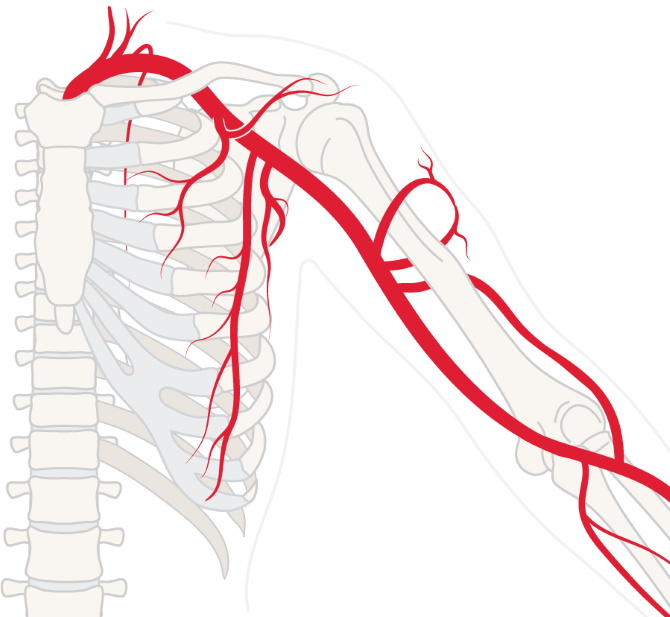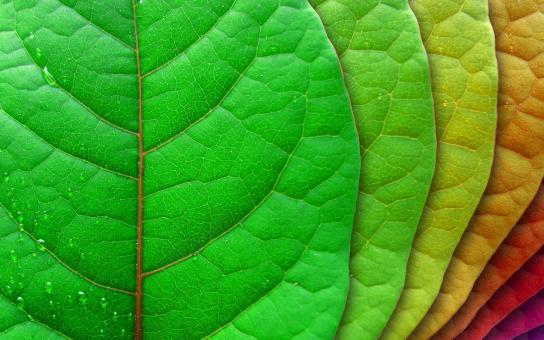
General Biology I
- Teacher: John Suchland MD DHSc MPH MSc

General Biology I
Course Title: Physiology
Course Description: Physiology is a specialized course that explores the functions and mechanisms that underlie the biological systems of the human body. It provides students with an in-depth understanding of how various physiological processes work, including those related to the cardiovascular, respiratory, nervous, muscular, and endocrine systems. Physiology is essential for healthcare professionals, biology majors, and anyone interested in the intricate workings of the human body.
Course Objectives: By the end of the Physiology course, students should:
Understand Physiological Systems: Gain a comprehensive understanding of the functions and regulation of major physiological systems in the human body.
Explore Homeostasis: Learn how the body maintains a stable internal environment through homeostatic mechanisms.
Examine Cellular Physiology: Study cellular processes, including metabolism, transport, and signal transduction.
Analyze Nervous and Muscular Systems: Understand the workings of the nervous system, including neurons and neurotransmitters, and the mechanics of muscle contraction.
Investigate Cardiovascular and Respiratory Systems: Explore the anatomy and physiology of the heart, blood vessels, and respiratory organs.
Learn about Endocrine Regulation: Examine the endocrine system, hormone regulation, and its influence on various bodily functions.
Apply Knowledge: Apply physiological knowledge to clinical scenarios, medical research, and the understanding of disease processes.
Course Topics:
Assessment Methods: Assessment in a Physiology course typically includes a combination of exams, quizzes, laboratory reports, research projects, and sometimes practical demonstrations. Laboratory work may involve experiments related to physiological processes, such as measuring blood pressure or muscle contractions.
Prerequisites: Physiology courses may have prerequisites depending on the institution and the level of the course. Prerequisites often include introductory biology, anatomy, or a related science course. Students should check the specific requirements at their institution.
Course Goals: The primary goal of a Physiology course is to provide students with a deep understanding of how the human body functions at the physiological level. This knowledge is essential for healthcare professionals, as it forms the basis for diagnosing and treating medical conditions. Additionally, Physiology courses aim to develop critical thinking skills, research abilities, and an appreciation for the complexity of the human body's regulatory mechanisms.

Course Title: Anatomy
Course Description: Anatomy is a comprehensive course that delves into the study of the structure and organization of the human body. It provides students with a deep understanding of the body's anatomical systems, including bones, muscles, organs, and tissues. This course is essential for healthcare professionals, biology majors, and anyone interested in understanding the intricacies of human anatomy.
Course Objectives: By the end of the Anatomy course, students should:
Master Anatomical Terminology: Become proficient in the specialized language and terminology used in anatomical descriptions.
Explore Systems Anatomy: Study the human body's various systems, including the musculoskeletal, cardiovascular, respiratory, digestive, and nervous systems.
Learn Organ Structure and Function: Understand the structure and function of major organs, such as the heart, lungs, brain, and kidneys.
Investigate Microscopic Anatomy: Examine the microscopic structure of tissues, cells, and cellular components.
Gain Practical Knowledge: Acquire practical knowledge for medical or healthcare professions, including the ability to identify anatomical structures and their clinical relevance.
Apply Knowledge: Apply anatomical knowledge to medical imaging, surgery, and clinical diagnosis.
Course Topics:
Assessment Methods: Assessment in Anatomy typically includes a mix of quizzes, practical exams, written assignments, laboratory work, and sometimes dissection of cadavers or anatomical models. Students are expected to demonstrate a thorough understanding of anatomical structures, their functions, and their clinical relevance.
Prerequisites: Anatomy courses may have prerequisites depending on the institution and the level of the course. Prerequisites may include introductory biology or human biology courses. It's essential to check the specific requirements at your institution.
Course Goals: The primary goal of an Anatomy course is to provide students with a deep knowledge of the human body's structure and organization. This knowledge is crucial for healthcare professionals, as it forms the foundation for understanding diseases, medical procedures, and patient care. Additionally, Anatomy courses aim to foster critical thinking skills and scientific inquiry, enabling students to apply their anatomical knowledge to real-world situations in healthcare and medical research.

Course Title: Biology 101 - Introduction to Biology
Course Description: Biology 101 is an introductory course that explores the fundamental principles of biology, the scientific study of life. This course provides students with a broad overview of the key concepts, processes, and structures that underlie the diversity of living organisms. It serves as a foundation for more advanced biology courses and is suitable for students with varying levels of prior knowledge in the subject.
Course Objectives: By the end of Biology 101, students should:
Understand the Nature of Life: Gain an appreciation of what defines life, including cellular organization, metabolism, growth, and reproduction.
Explore Evidence for Creation and Evolution: Critically examine both theories and the ways natural selection has shaped the diversity of life on Earth.
Study Cellular Biology: Explore the structure and function of cells, the basic units of life, and learn about cellular processes such as respiration and photosynthesis.
Investigate Genetics: Explore the principles of genetics, inheritance, and the role of DNA in heredity.
Discover Diversity of Life: Survey the major domains of life (Bacteria, Archaea, and Eukarya) and the diversity of organisms within them.
Explore Ecology: Understand ecological principles, including the interactions between organisms and their environment, ecosystems, and conservation.
Apply Scientific Method: Develop critical thinking and scientific inquiry skills through laboratory work and experiments.
Course Topics:
Assessment Methods: Assessment in Biology 101 typically includes a combination of quizzes, exams, laboratory reports, class participation, and possibly group projects or presentations. Students are expected to engage actively in laboratory work to apply theoretical knowledge.
Prerequisites: Biology 101 typically does not have formal prerequisites, making it accessible to a wide range of students, including those with no prior biology background.
Course Goals: The primary goal of Biology 101 is to provide students with a solid foundation in biology, fostering an appreciation for the natural world and preparing them for more advanced biology coursework. Additionally, the course aims to enhance critical thinking skills, scientific literacy, and an understanding of the relevance of biology in everyday life and broader societal contexts.

Anatomy and Physiology I is the first part of a two-course sequence that examines the structure and function of the human body. In this course, you will learn about the cells, tissues, and organs of the integumentary, skeletal, muscular, nervous, and endocrine systems. You will also learn about the terminology and interrelationships among these systems. This course will help you develop a solid foundation for further studies in anatomy and physiology, as well as for careers in the health professions.
Some of the topics covered in this course are:
- The levels of organization and characteristics of life
- The basic principles of chemistry and biochemistry
- The structure and function of cell membranes, organelles, and the cell cycle
- The types and functions of tissues and their role in homeostasis
- The anatomy and physiology of the skin, hair, nails, and glands
- The structure and function of bones, joints, cartilage, and ligaments
- The anatomy and physiology of skeletal muscles, muscle contraction, and metabolism
- The anatomy and physiology of the nervous system, including neurons, synapses, neurotransmitters, and reflexes
- The anatomy and physiology of the special senses, including vision, hearing, equilibrium, taste, and smell
- The anatomy and physiology of the endocrine system, including hormones, glands, and feedback mechanisms
This course may include lectures, labs, assignments, quizzes, exams, and projects to help you achieve the learning outcomes. You may also need to use online resources or a textbook to supplement your learning.

Biology 101 explores the science of life in all its forms and levels. Course topics include:
- The structure and function of cells, the basic units of life
- The chemistry of life, including the molecules and reactions that sustain life
- The genetics and evolution of organisms, including how DNA encodes information and how natural selection shapes diversity
- The diversity of life forms, including the classification and characteristics of different groups of living things
- The interactions between living things and their environment, including how organisms adapt to different habitats and how they affect each other and the ecosystem
A biology course may also introduce you to different subfields of biology, such as biochemistry, molecular biology, ecology, physiology, and medicine. A biology course may help you develop skills such as observation, experimentation, analysis, and communication. A biology course may also prepare you for further studies or careers in biology or related fields.